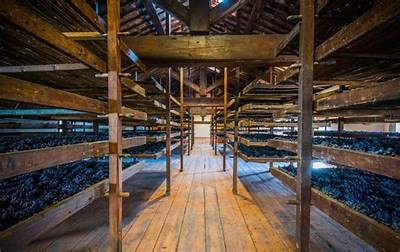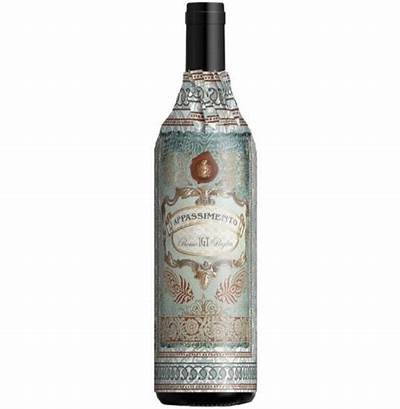Italy is renowned for its extensive wine culture, and among its many winemaking techniques, the Appassimento method stands out for its unique characteristics and flavors. This ancient process, which involves drying grapes before fermentation, provides an exquisite depth of flavor in the resulting wines. In this article, we will explore the various factors contributing to the uniqueness of Appassimento wines, including their history, grape varieties, flavor profiles, and food pairings.

The Appassimento technique has its roots in Northern Italy, particularly in the regions of Veneto and Friuli Venezia Giulia. Historically, winemakers would dry harvested grapes on straw mats or wooden trays, allowing them to concentrate their sugars and flavors. This method was particularly useful in areas where climatic conditions favored longer ripening periods, enabling the grapes to develop complexity and depth. Over time, Appassimento evolved, leading to the creation of renowned wines such as Amarone della Valpolicella and Recioto.

At its core, the Appassimento method involves several steps: harvesting, drying, and fermenting. After the grapes are selectively harvested, they are laid out to dry under controlled conditions for a period ranging from a few weeks to a few months. This drying process causes the grapes to lose water, concentrating their sugars, acids, and flavors. Once dried, the grapes are pressed and fermented, resulting in rich and luscious wines with elevated sweetness and complexity.

Several grape varieties are associated with the Appassimento technique, each contributing unique characteristics to the wines. In the Veneto region, Corvina, Rondinella, and Molinara are the primary grapes used for Amarone. Corvina, in particular, is known for its vibrant acidity and cherry flavors, making it a crucial component in the blend. In other regions of Italy, grapes such as Sangiovese and Primitivo are also utilized in Appassimento wines, showcasing the versatility of this intriguing method.

One of the defining traits of Appassimento wines is their complex and rich flavor profiles. Depending on the grape variety and regional influence, these wines often exhibit notes of dried fruits, such as figs and raisins, alongside dark berry flavors and hints of chocolate, coffee, or spices. The aging process can further enhance these flavors, introducing oak notes and a velvety mouthfeel. The elevated sugar levels in these wines contribute to a luscious sweetness, balanced by natural acidity, resulting in a harmonious finish on the palate.

Pairing Appassimento wines with food is an art in itself. Their rich and concentrated flavors make them ideal companions for hearty dishes such as braised meats, rich stews, and aged cheeses. The sweetness of these wines can complement desserts like chocolate fondant or berry tarts, creating a delightful contrast. When considering food pairings, it's essential to consider the wine's profile, as some may be more suited to robust dishes while others are fantastic with lighter fare. The Future of Appassimento Wines
As wine enthusiasts become increasingly interested in unique and artisanal wines, the popularity of Appassimento wines continues to grow. Producers are experimenting with different grape varieties and innovative techniques, which leads to exciting new expressions of the traditional method. While preserving the rich history and tradition, the evolution of Appassimento wines reflects the dynamic nature of the wine industry, inviting a new generation of consumers to explore its exquisite offerings. Conclusion
In summary, Appassimento wines are a testament to Italy's deep-rooted winemaking tradition. With their rich flavors, historical significance, and food compatibility, these wines offer an experience unlike any other. From the ancient grape-drying techniques to modern interpretations, the allure of Appassimento is sure to captivate wine lovers worldwide. As the journey of Appassimento wines continues, it remains an exciting field for exploration and appreciation. Tags
转载请注明:willbet Free Online Games » le pharaoh » Exploring the Unique Characteristics and Flavors of Appassimento Wines from Italy